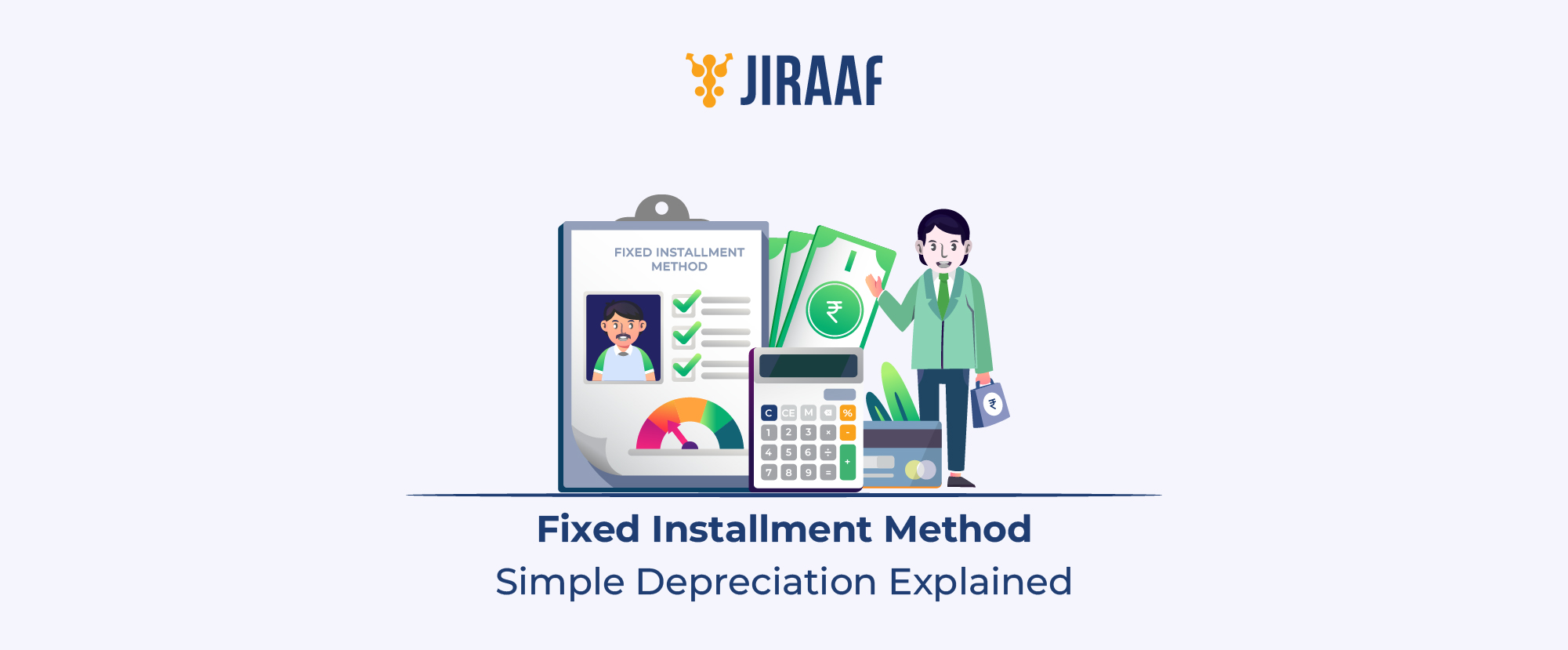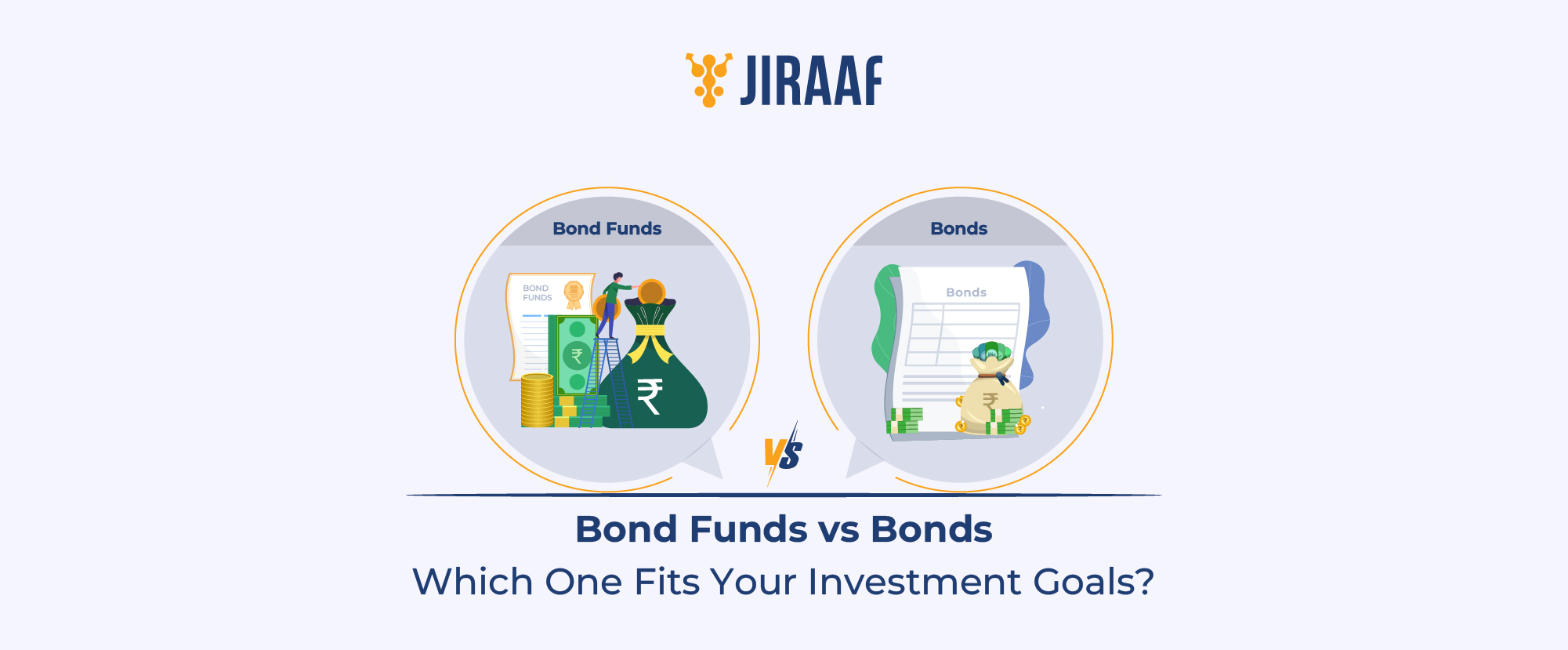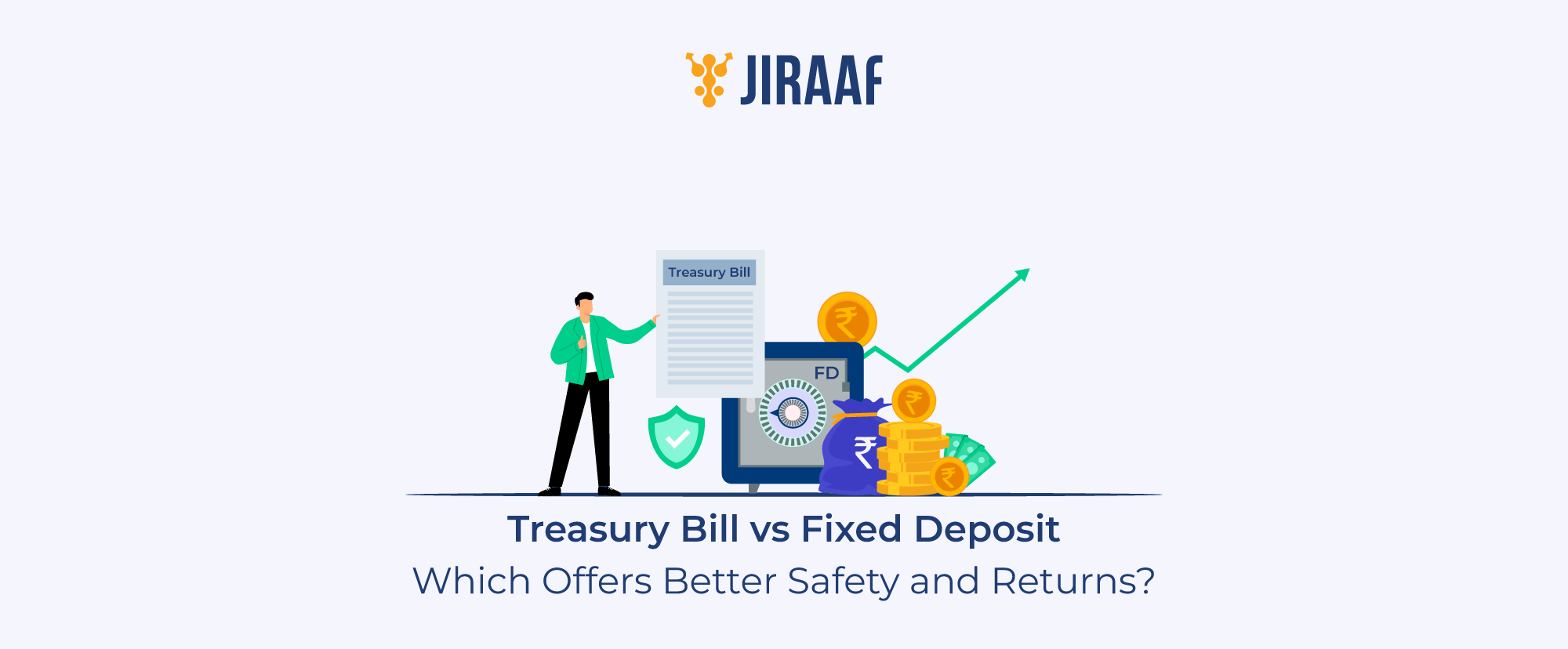Every business invests in assets such as machines, vehicles, computers, and buildings to keep operations running and growth on track. But as time passes, these assets don’t hold the same value they once did. With daily use, wear and tear, even technological changes, and other factors, their worth naturally declines.
Now, here’s the important part: while the asset still sits in your office or factory, its value on paper, i.e., in your books of accounts, cannot stay the same. It has to reflect this gradual loss in value. That’s what we call depreciation.
In other words, depreciation is a realistic way of showing how your business resources age over time. But the question that follows is—by how much should an asset’s value reduce every year? And what’s the most practical way to calculate that decline?
This is where different methods of depreciation come into play, primarily the fixed installment method (also called the Straight-line method) and the Written Down Value (WDV) method.
In this blog, we’ll focus on the fixed installment method—a simple, transparent, and predictable approach that many business owners prefer for assets that deliver steady value year after year. By the end, you’ll know not just what it is, but how it works, when to use it, and why understanding it matters for your company’s financial clarity.
Definition of Fixed Installment Method
The Fixed Installment Method (FIM), also known as the Straight-Line Method (SLM), is one of the simplest and most consistent ways to calculate depreciation.
Under this method, a fixed amount of depreciation is charged every year on an asset until its value becomes zero (or reaches its residual or scrap value). In accounting terms, the depreciation is deducted from the book value of the asset and recorded as an expense in the Profit and Loss Account each year.
For business owners, this method provides clarity and predictability; you know exactly how much your assets will depreciate annually. It’s often used for assets that have a steady, uniform utility over time, such as furniture, computers, or buildings.
Understanding how this method works practically makes the concept even clearer. Let’s look at a simple example to see how depreciation is calculated each year and how adjustments like scrap or resale value come into play.
How the Fixed Installment Method of Depreciation Works
Let’s say your company buys a machine for ₹5,00,000 with an estimated life of 5 years, and you expect no scrap value at the end.
Using the fixed installment method, depreciation per year will be:
₹5,00,000 ÷ 5 = ₹1,00,000
So, every year, ₹1,00,000 is charged to the Profit & Loss Account as depreciation, and the asset’s book value reduces as follows:
| Year | Opening Value (₹) | Depreciation (₹) | Closing Value (₹) |
| 1 | 5,00,000 | 1,00,000 | 4,00,000 |
| 2 | 4,00,000 | 1,00,000 | 3,00,000 |
| 3 | 3,00,000 | 1,00,000 | 2,00,000 |
| 4 | 2,00,000 | 1,00,000 | 1,00,000 |
| 5 | 1,00,000 | 1,00,000 | 0 |
By the end of year 5, the machine’s value becomes zero.
Considering Scrap Value
Now, suppose the same machine has a scrap value of ₹50,000.
In that case, only ₹4,50,000 is to be depreciated over 5 years.
Depreciation per year = ₹4,50,000 ÷ 5 = ₹90,000 per year.
This way, after 5 years, the book value of the same machine will be ₹50,000, representing the scrap value.
| Year | Opening Value (₹) | Depreciation (₹) | Closing Value (₹) |
| 1 | 5,00,000 | 90,000 | 4,10,000 |
| 2 | 4,10,000 | 90,000 | 3,20,000 |
| 3 | 3,20,000 | 90,000 | 2,30,000 |
| 4 | 2,30,000 | 90,000 | 1,40,000 |
| 5 | 1,40,000 | 90,000 | 50,000 |
If the Asset is Sold Before End of its Life
If, say, the same machine is sold after 3 years for ₹2,50,000, its book value at that point is ₹2,30,000.
That means you’d record a profit of ₹20,000 on sale—the difference between the selling price and book value.
Now that you’ve seen how it works in real numbers, let’s look at what makes this method useful—and where it might fall short—before deciding if it’s right for your business.
Advantages and Disadvantages of Fixed Installment Method
Before applying this method, it’s important to weigh both its pros and cons. Understanding the advantages helps you use it effectively, while knowing the limitations ensures you don’t over-rely on it for all asset types.
Advantages
- Simplicity: Easy to understand and apply—no complex calculations
- Predictability: Equal charge every year helps with long-term budgeting and cost planning
- Transparency: Clear, consistent expense recognition improves financial reporting
- Suitable for steady-use assets: Ideal for assets that provide uniform utility (like office furniture or buildings)
Disadvantages
- No link to actual usage: The same depreciation is charged even if the asset’s efficiency drops
- Poor reflection of real value: Doesn’t account for faster wear and tear in early years
- Inflated profit in later years: Since depreciation stays constant, later profits may appear higher despite declining asset performance
- Not suitable for all assets: For machinery or vehicles that lose value quickly, other methods (like Diminishing Balance) are more accurate
To understand this better, let’s compare it with the Diminishing Balance Method (also called the WDV method)—another widely used depreciation technique that works differently in principle and purpose.
Difference Between Fixed Installment Method and Diminishing Balance Method
While both methods aim to allocate asset cost over its useful life, the logic behind them differs. Here’s a quick comparison:
| Basis | Fixed Installment Method | Diminishing Balance Method |
| Nature | Depreciation is charged at a fixed amount each year | Depreciation is charged on the reducing balance each year |
| Depreciation Amount | Same every year | Decreases annually |
| Book Value at End of Life | Can reduce to zero or scrap value | Never becomes zero (unless the rate of depreciation is 100%) |
| Suitability | For assets with uniform usage (like buildings, furniture) | For assets with higher initial wear and tear (like machinery, vehicles) |
| Impact on Profit | Stable impact on profit each year | Higher expense in early years, lower later on |
| Ease of Calculation | Simple and straightforward | Requires more detailed calculation |
Now that the difference is clear, let’s identify when the fixed installment method actually makes sense for your business.
When to Use the Fixed Installment Method
This method isn’t one-size-fits-all.
It’s best suited when the following conditions apply:
- Uniform utility: The asset provides consistent benefits year after year
- Ease of budgeting: You prefer predictable annual charges for financial planning
- Lower wear and tear: Assets like office furniture and leasehold properties that don’t lose efficiency quickly
- Small or medium-scale operations: Ideal for businesses with limited accounting complexity and fewer high-value, fast-depreciating assets
- Transparency for reporting: You want clear, comparable data for management or investors without complex adjustments
Conclusion
For a business, depreciation is more of a strategic call than a simple accounting routine. It determines how realistically a company reflects the value of its assets and how efficiently it plans for replacements, upgrades, or expansion.
A steady approach signals stability, while an accelerated one shows caution and realism about asset wear and tear. By aligning depreciation practices with the nature of assets and long-term goals, a business ensures its numbers tell an honest story.









